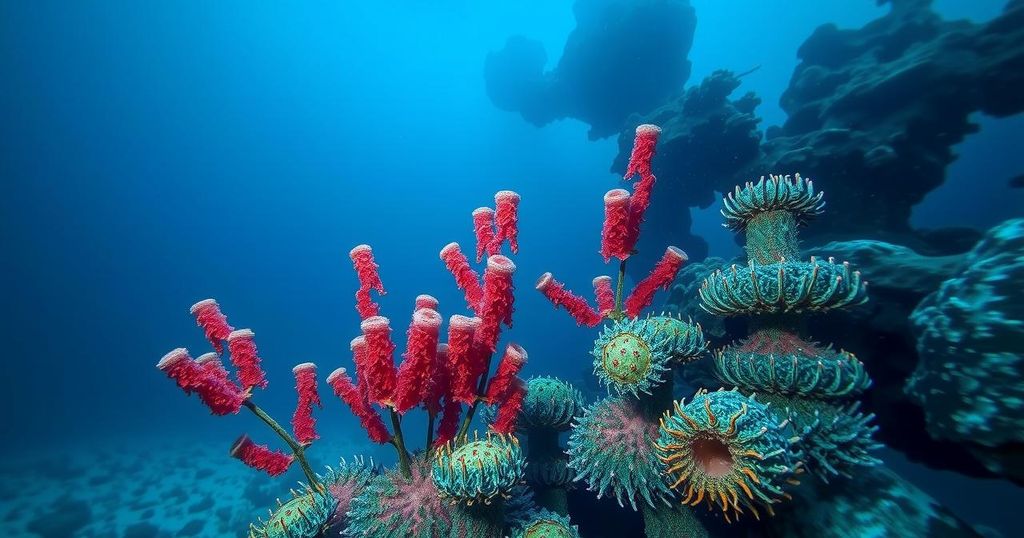Over a decade, researchers explored Costa Rica’s methane seeps, uncovering 488 species, the highest mark for such regions. Among these, at least 58 are new to science. Conducted by UC San Diego’s Scripps Institution of Oceanography and global collaborators, the project enhances understanding of deep-sea biodiversity.
Researchers from an international team have made remarkable discoveries at Costa Rica’s methane seeps, identifying 488 distinct species, which marks the highest biodiversity count recorded in a single seep or vent region. This extensive study, conducted over ten years, revealed that 58 species are entirely new to science, while only 131 had previously been described.
The findings from this decade-long research project shed light on the unprecedented biodiversity present in deep-sea methane seeps, urging for continued exploration and conservation efforts. The documentation of nearly 500 species presents a significant advancement in understanding such ecosystems, highlighting the importance of both scientific exploration and biodiversity preservation in our oceans.
Original Source: oceanographicmagazine.com




